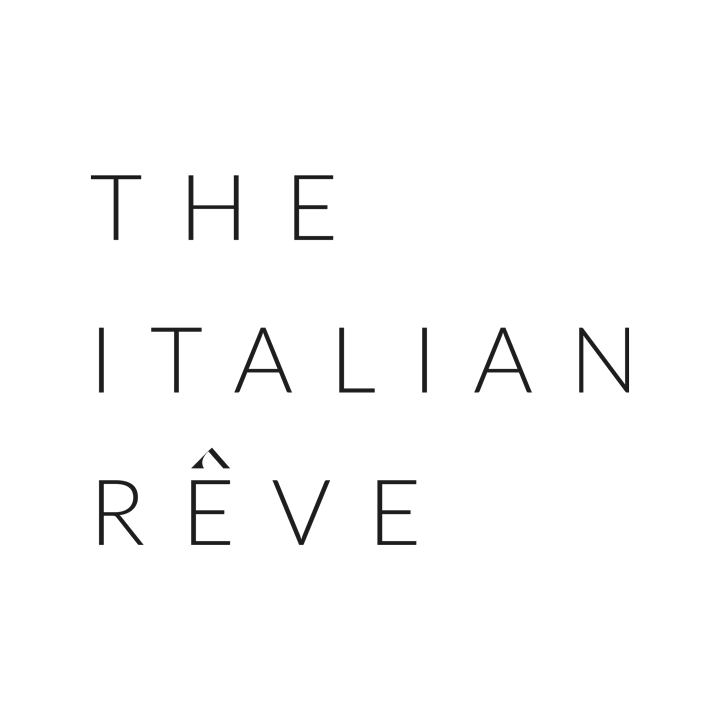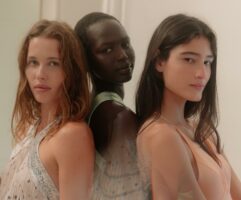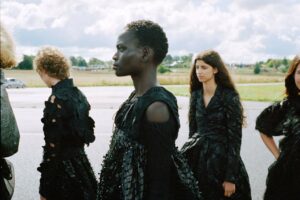Sustainability and fashion weeks: they seem like two distant concepts, but they could instead represent a meeting point full of synergies and useful ideas in terms of responsible innovation, where creativity meets ethics and the environment. In response to the climate crisis (unfortunately), the growing demands of conscious consumers (fortunately) and the trends that include sustainability among the most searched words (hurray), fashion weeks, from Milan to Copenhagen, from London and Paris to New York, are starting to propose on the runway the importance of environmental impact and to promote more inclusive and circular models. The road is still long, but good intentions are there: they are not enough to make the difference, but with perseverance and commitment, change can happen. Or rather, it MUST happen. How?
Sustainable materials and approaches

More and more designers are including recycled fabrics, upcycled looks, natural fibers such as organic cotton, hemp, linen or innovative materials derived from industrial waste in their collections, with the aim of reducing the ecological footprint and seeking new creative avenues that reduce the environmental impact of the fashion industry. Among the brands that are known to apply this practice are Stella McCartney and Gabriela Hearst, while some iconic pieces of accessories or looks made with sustainable materials come from Prada, Burberry or Patagonia. The use of eco-friendly elements consequently translates into the reduction of waste and the promotion of fair and legal work practices, thus guaranteeing the safety and rights of workers in every part of the world.
Events and initiatives
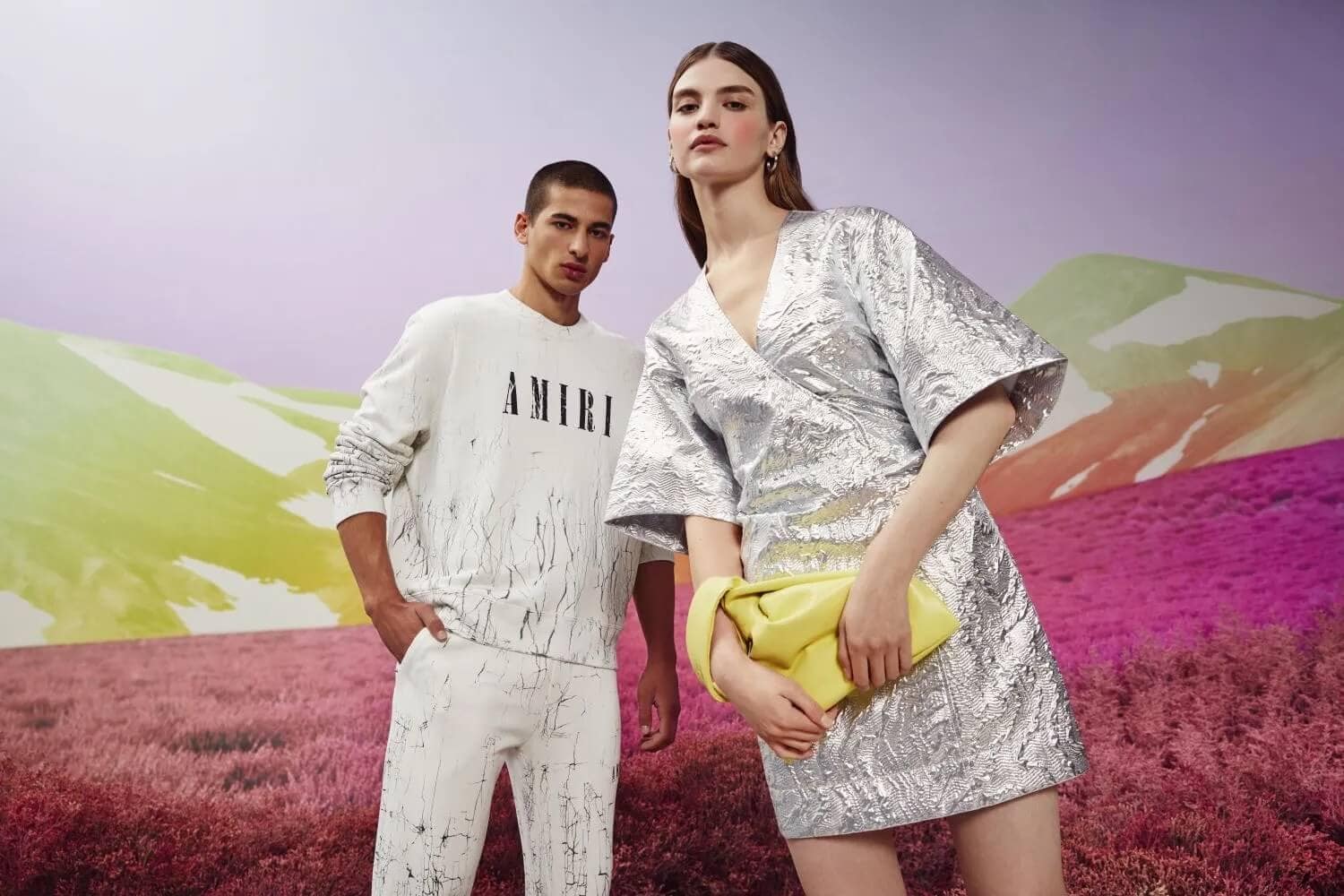
Fashion weeks are integrating specific projects into their calendars to promote sustainable fashion. In Milan, for example, the Designers for the Planet project selects emerging brands that make sustainability the cornerstone of their collections. Also in Milan, the Green Carpet Awards has been held for years, the “social” event that rewards sustainability in fashion and inaugurates the September fashion week.
Key events dedicated to the dialogue between fashion and sustainability are the Sustainable Fashion Week in London, a platform for designers, including emerging ones, dedicated to the presentation of sustainable collections and the dialogue on a more conscious fashion, and the Fashion Revolution Week, which has now taken hold on an international scale. This is one of the most important and significant anniversaries in terms of activism in the fashion industry and it coincides with Fashion Revolution Day, April 24, the anniversary of the collapse of the Rana Plaza building in 2013.
Paris and the Fédération de la Haute Couture et de la Mode are also moving in terms of sustainability: for example, they have introduced the Paris Good Fashion initiative, which aims to significantly reduce the impact of the industry by 2030 in the wake of what is currently the most famous fashion week with a focus on sustainability in the world, that of Copenhagen.
Inclusivity and social impact
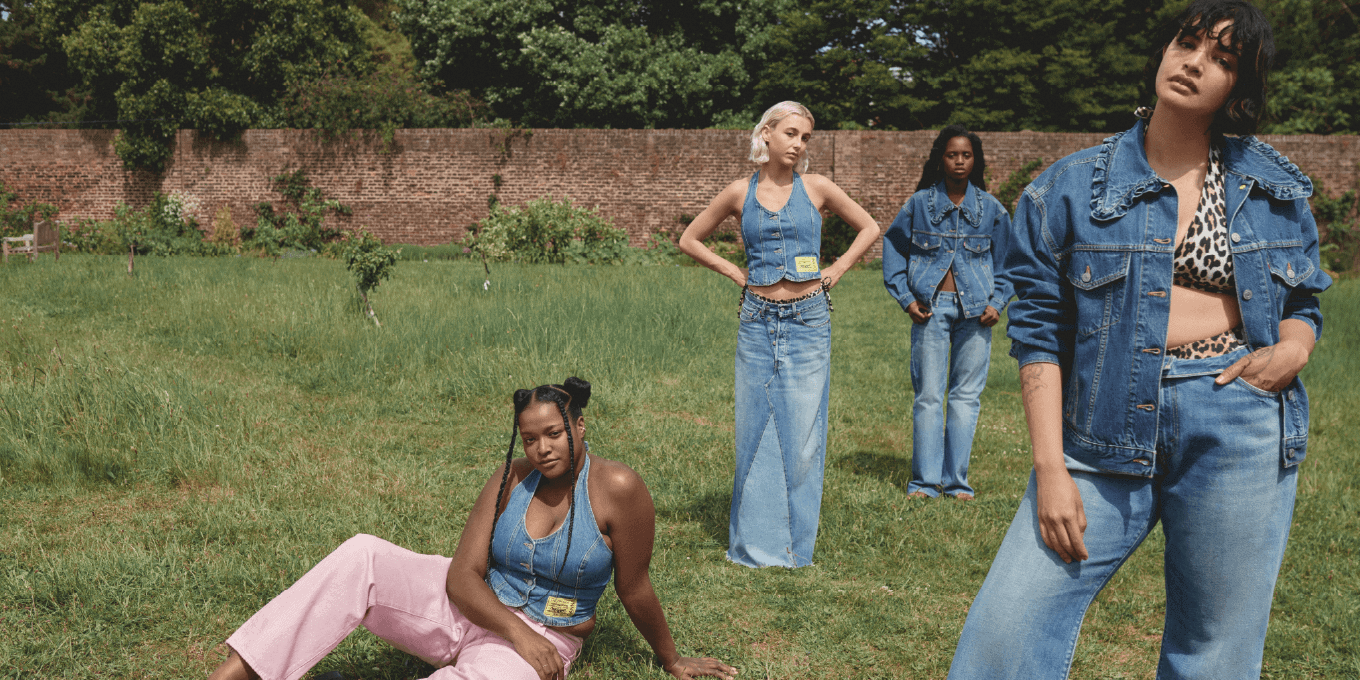
Sustainability is not limited to environmental aspects: an important aspect also concerns awareness of issues such as diversity and inclusiveness. From the presence on the runway of models of every ethnicity, gender, age and physicality, to the support of brands that promote gender equality, social justice and transparency in production processes, the aim is to outline a new model of fashion: more representative, more fair, more democratic. In other words, more human.
Transparency and regulations

More and more brands are called upon to publicly share their commitment to sustainability, in line with regulations such as the Green Claims Directive, which pushes companies to communicate their objectives, results and production processes with consumers. Fashion weeks are also adopting a more transparent approach, making their sustainable initiatives public and committing to talking about progress and objectives achieved.
In London, for example, the British Fashion Council has adopted the Sustainability Requirements of Copenhagen Fashion Week, thus obliging brands to respect minimum standards in terms of transparency, use of certified materials (at least 60% of collections), respect for biodiversity (which includes, for example, the exclusion of exotic furs and feathers), detailed sustainability reporting, implementation of circular design principles, responsible waste management and inclusiveness on multiple levels.
Setting a good example
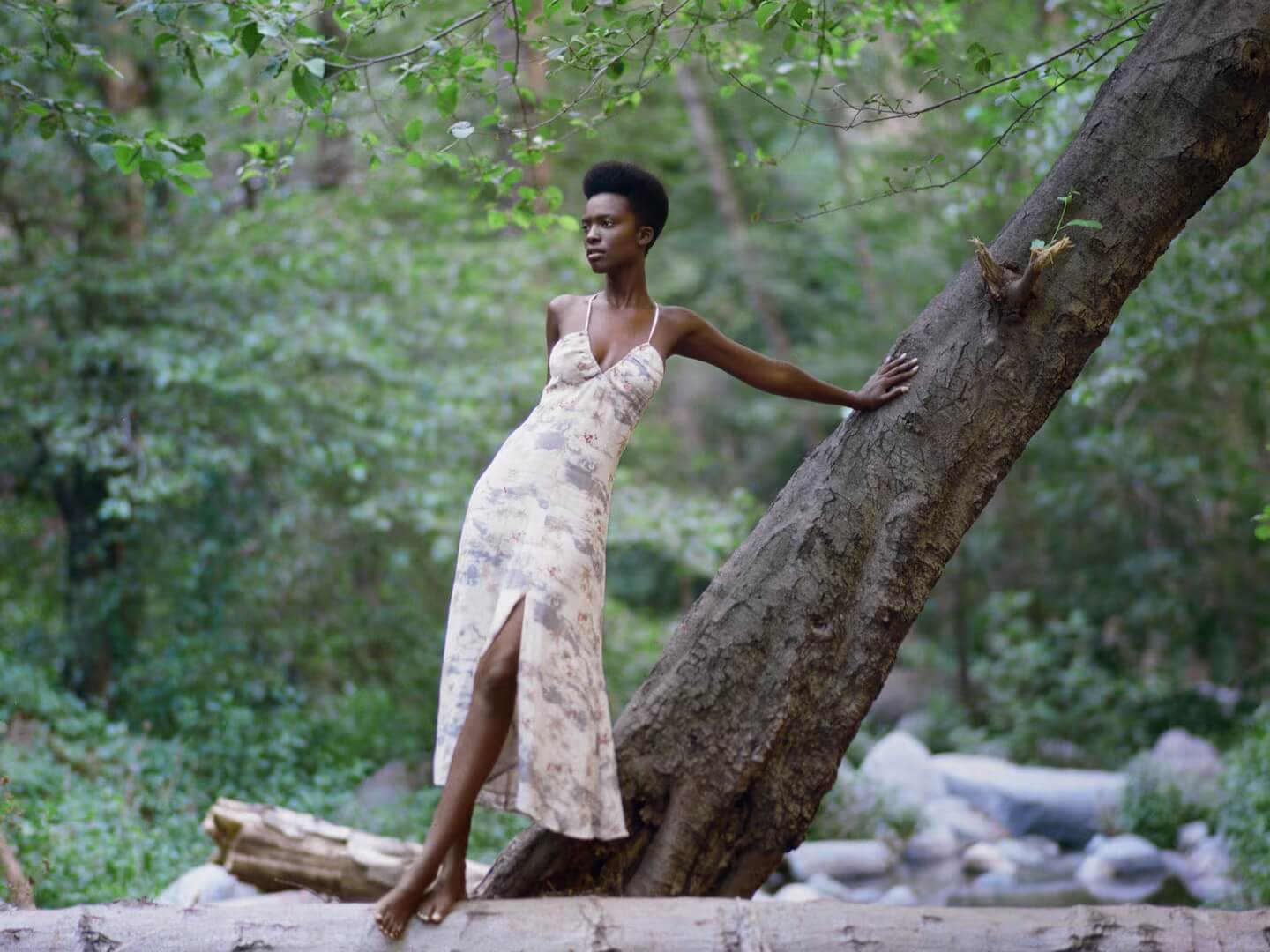
Copenhagen Fashion Week itself represents the bulwark of initiative that manages to successfully combine fashion and sustainability, trying to increasingly bring about a change in standards that until now have been considered toxic and superficial. Cecilie Thorsmark, CEO of CPHFW, has repeatedly emphasized how change in terms of inclusion and representation must be considered a norm, going against models that until now have been considered “conventional” and that represent a certainty for brands in terms of sales, but which are no longer sustainable or “simply” realistic. Another aspect that differentiates this fashion week is the support for emerging brands (not by chance, Ganni and Rotate have shown and continue to show here), increasingly attentive to environmental issues that particularly interest the new generations and that can lead to greater attention, not to say revolution, in terms of awareness.
But not only Copenhagen: other fashion weeks are redefining what it means to be fashionable and eco-friendly on a global level, also going beyond the “classic” events of the most famous calendars, namely New York, London, Paris and New York. This is the case, for example, of the Costa Rica Fashion Week, which focuses on how to make the relationship between fashion and nature harmonious. In terms of technological and sustainable innovation, the Rakuten Fashion Week in Tokyo represents the reference event, while celebrating the relationship between fashion, culture and origins, we find the New Zealand Fashion Week.
And again, the Mercedes-Benz Fashion Week in Madrid puts the spotlight on Spanish designers who combine tradition and modernity, always respecting sustainability, while the Dubai Fashion Week is an example of how luxury, innovation and awareness can coexist. Still in terms of sustainable cultural celebration, we then find the Vancouver Fashion Week, the São Paulo Fashion Week and the Lagos Fashion Week, the latter also renowned for the support and mentorship program aimed at designers and community initiatives that take place all year round.
